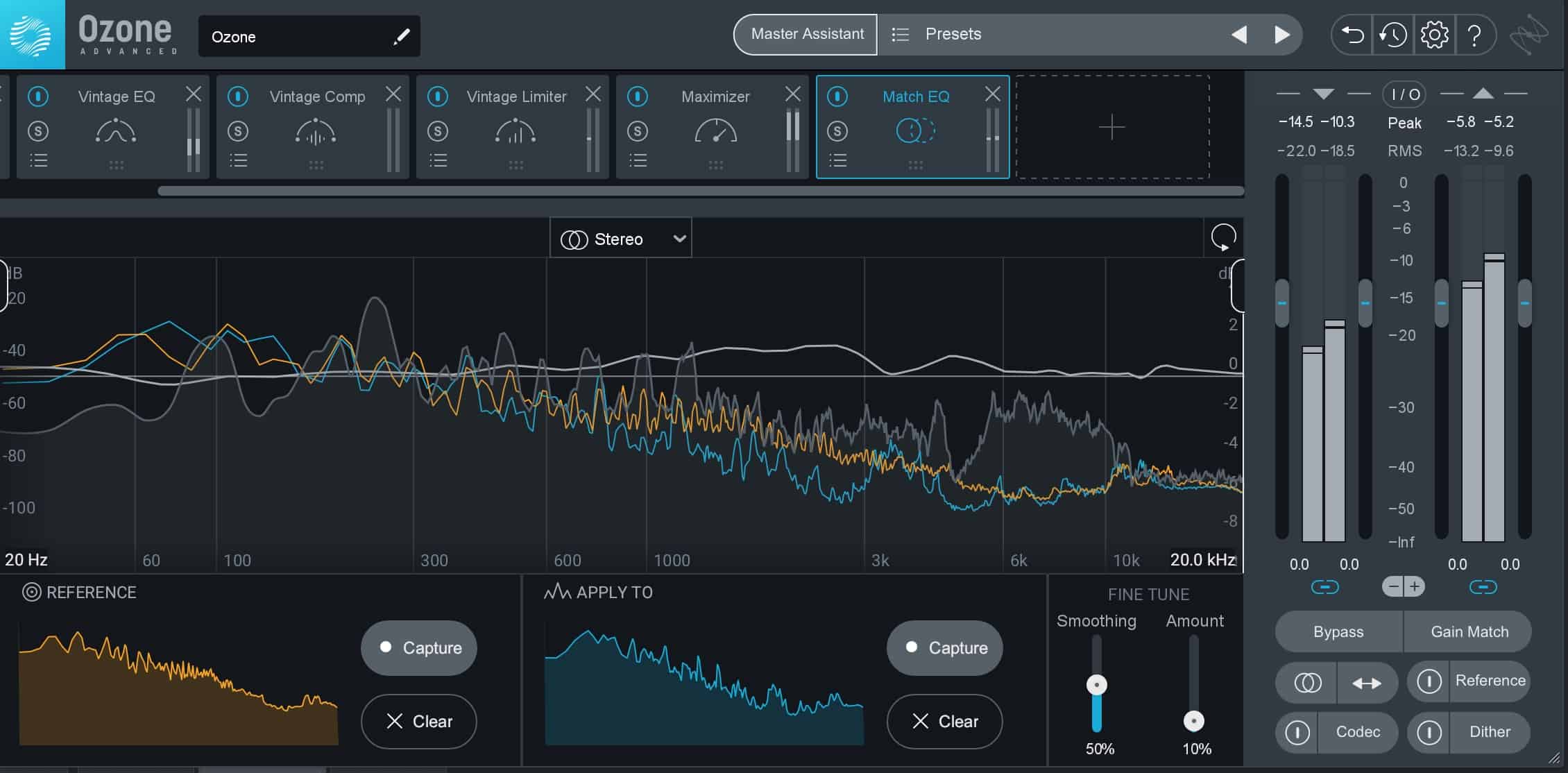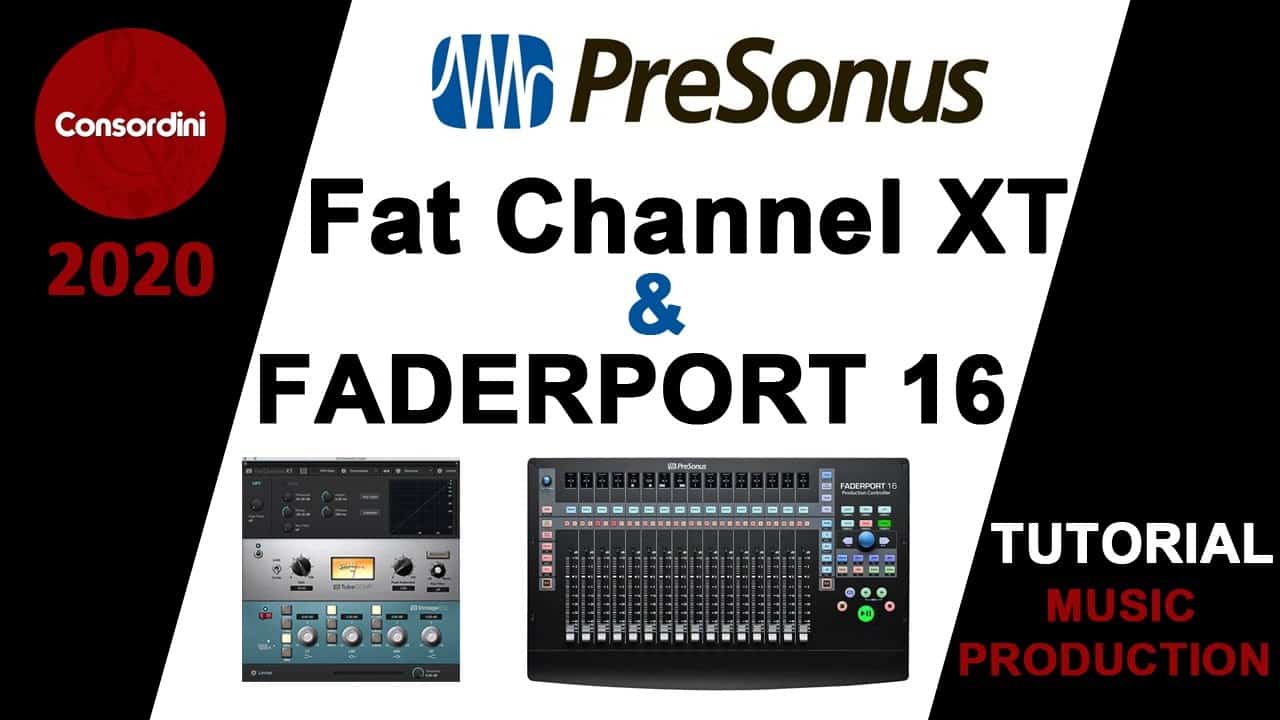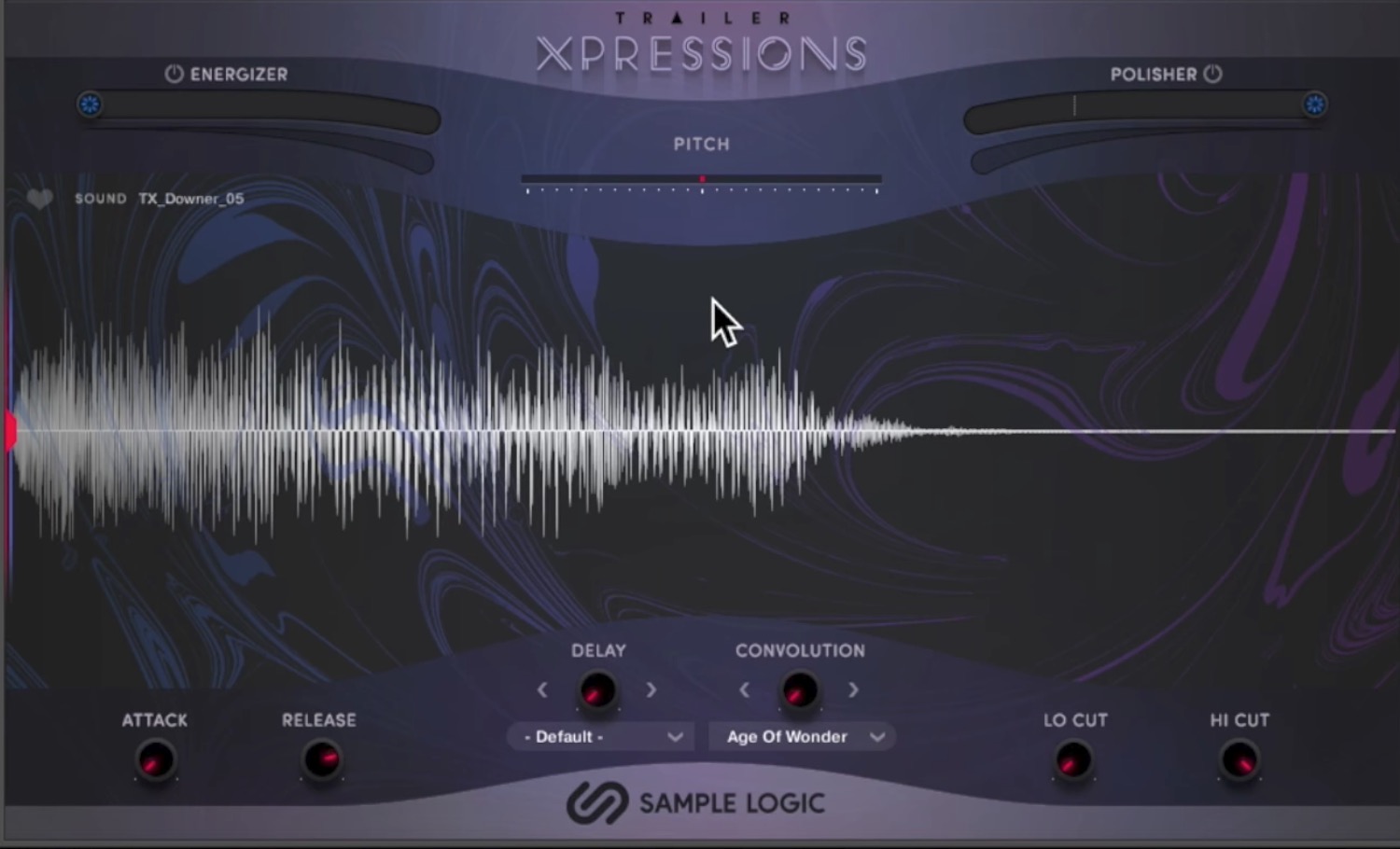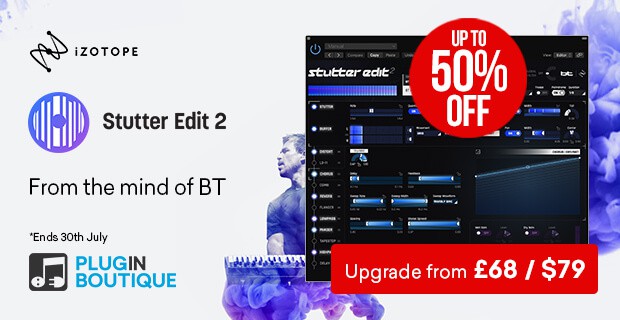Ozone 9 Advanced Review
As a mastering engineer, I often find myself recommending Ozone 9 to young up-and-comers in the industry. It provides a comprehensive set of tools for mastering, but it’s also relatively affordable. In addition, the Ozone 9 tutorials are excellent for those who want to get a grasp of the basics.
In fact, I would say that Ozone 9 is essential for any young mastering engineer who wants to be competitive in today’s market. There’s simply no substitute for a good understanding of the basics, and Ozone 9 provides that in spades.
If you’re serious about becoming a mastering engineer, then I recommend picking up a copy of Ozone 9 as soon as possible. Trust me, it’ll be worth every penny.
In our review of Ozone 9 Advanced, we are looking at an industry-established mastering suite. When you mix your own produced song or composition for a trailer or film score you need to master the end result. One of the standout features of Ozone 9 Advanced is the comprehensive set of mastering tools it offers, including the ability to interface with other digital audio workstations. For those looking to add unique textures and sonic elements to their productions, the zebra refrakt dark edition within Ozone 9 Advanced provides a powerful and creative solution. Whether you’re a seasoned pro or just starting out in music production, Ozone 9 Advanced has the versatility and precision to take your sound to the next level.
iZotope Ozone 9 lets you master your tracks for publication or before you give them to a professional master engineer. Ozone 9 brings balance to music with never-before-seen processing for the low end, new real-time instrument separation, and lightning-fast workflows powered by machine learning. I am using Ozone 9 Advanced (and its earlier version) in combination with other plugins for mastering and mixing for years.
iZotope has developed the best tools for mixing and mastering songs.
For example, I am using Ozone’s EQ on snares, sidechain compression on the vocal bus, harmonic exciter on vocals and violins to enhance small details of instruments or harmonics. Like its predecessors, Ozone 9 Advanced comes with a suite of mastering tools to help improve the fidelity of your mix. iZotope Ozone 9 Advanced is packed with several new features that simplify the mastering process, including an enhanced workflow using machine learning, real-time meter updates and signal limiting, multi-band compression.
This incredibly powerful suite of mastering tools features everything you need to bring your mixes to…
The next version of the plugin brings (in my opinion) more enhancements compared to earlier plugins (like version 8). Because of its innovative new features, iZotope Ozone 9 Advanced is an absolute winner in any mastering job.
What does Ozone 9 Advanced do?
16 modules in a comprehensive mastering software package. Master Rebalance adjusts the levels of individual instruments in a stereo file. Low-End Focus adjusts the contrast and definition of low frequencies. Tonal Balance Control assesses and improves your master.
Ozone 9 Advanced’s unique low-end processing, new real-time instrument separation, and lightning-fast operations powered by machine learning provide balance to music that has never been heard before.
iZotope Ozone 9 Advanced is packed with several new features that simplify the mastering process, including an enhanced workflow using machine learning, real-time meter updates and signal limiting, multi-band compression powered by MBIT+ DSP tech
Ozone 9 Key Features
- Master Rebalance: Adjust the levels of vocals and other instruments in a stereo audio file, solve balance issues without needing the original stems.
- Low-End Focus: Quickly adjust the contrast and definition of low frequencies and get a hard-hitting master every time, without needing a complex plug-in chain.
- Improved Tonal Balance Control: Tonal Balance Control is improved with smoother metering, resizability, new target curves, and inter-plugin communication with Relay and Nectar for quick and easy gain control across the mixing and mastering stages.
- Expanded Master Assistant: Choose from a modern or vintage vibe, with loudness targets for CD and streaming. Get a great starting point every time, no matter the style, format, or genre.
- Match EQ module: Ozone 9 offers a brand new experience for Match EQ, with a better-preset workflow, the ability to match from a reference track, and deeper controls that let users match parts of the frequency spectrum.
- Vintage Modules: A colorful collection of Vintage modules add warmth, grit, and vibe to a creator’s music, now in Ozone 9 Standard.
- Updated UI/UX: Ozone 9 is faster and easier to use, with a modernized resizable interface, fluid metering, and an expanded module chain.
- Native Instruments NKS Support: NKS support puts Ozone directly into the creative production process. Easily access controls, presets and DSP from within an NKS supported environments, such as MASCHINE or a KOMPLETE KONTROL keyboard.
- Improved Performance: Experience faster performance and smoother workflows improved visualizations and fluid metering.
- Component plug-ins: Use any Ozone 9 Advanced module as a separate plug-in in a DAW, meaning users get more than 10 component module plugins.
Ozone 9 Versions: Elements – Standard – Advanced
iZotope Ozone 9 is a bundle of mixing and mastering specific tools. iZotope splits the complete Product into three different solutions. I would recommend going for the Advanced Version of Ozone. If you are unsure which version fits your need best take a look at available Compare Ozone 9 Features. I use macOS 10.14.6 during my review of the software.
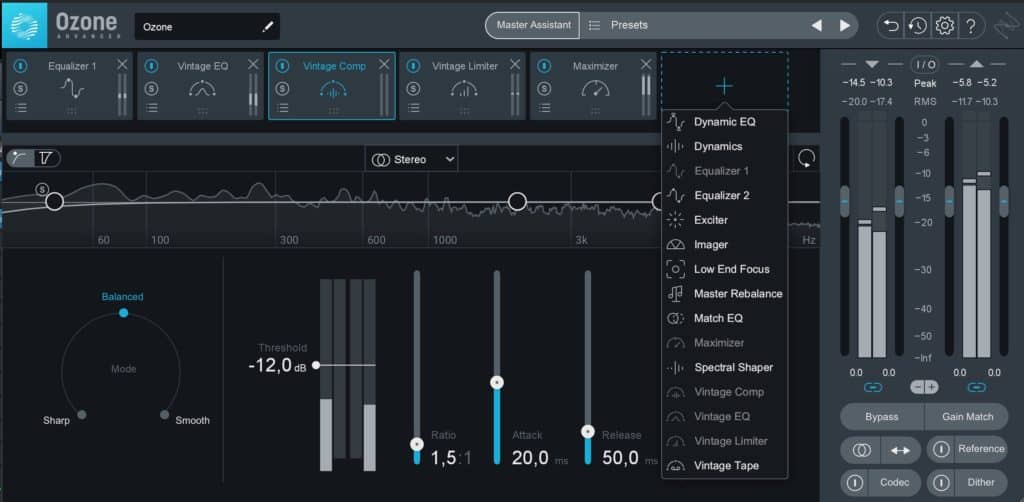
New in Ozone 9
Ozone 9 includes the following modules providing you with the tool to enable you to produce a mastered track. Ozone 9 includes an enormous quantity of tech in a smooth, easy-to-use package.
- Ozone 9 Advanced provides all of the modules that Ozone 8 Standard and Elements provide, as well as:
- Master Assistant — A selection of modern and vintage presets to get your music sounding great fast.
- Tonal Balance Control — Smooth and clear metering with advanced inter-channel analytics for quick and intuitive gain control. Relay — Quickly switch between alternate source selections without interrupting playback.
- Match EQ— Match reference tracks by automatically adjusting frequency content to match them.
- Leveler Limiter – Improved signal/noise ratio, basic loudness sensor with user adjustable target current levels.

Real-time meter updates are now available across every module in Ozone 9, so you can see changes in loudness and gain reduction as you adjust controls.
What I like about the new Ozone 9 Advanced is that we now have a targeted all-in-one mastering processor with support for NKS format. This means Ozone 9 can control your NI instrument or Hardware through NKS for example Maschine, Komplete Kontrol Keyboards, and so on – instead of using separate plugins.

Whats the Difference Between Ozone 9 Standard and Advanced?
The primary distinctions between Ozone Standard and Ozone Advanced are as follows: Tonal balance adjustment is a feature of the advanced version, whereas it isn’t available in the basic package. The vintage compressor module is not included with the standard edition, but it is included in the Ozone Advanced.
Ozone Legacy
Building on a 17-year legacy in audio mastering, Ozone 9 brings balance to your music with never-before-seen processing for the low end, real-time instrument separation, and lightning-fast workflows powered by machine learning. Now with Ozone 9 iZotope delivered a major overhaul to Match EQ. The Match EQ tool has been completely revised and enables you to use this module by itself without the EQ Module. Tools like Balance Control were updated to make it simpler to find your purpose sound.
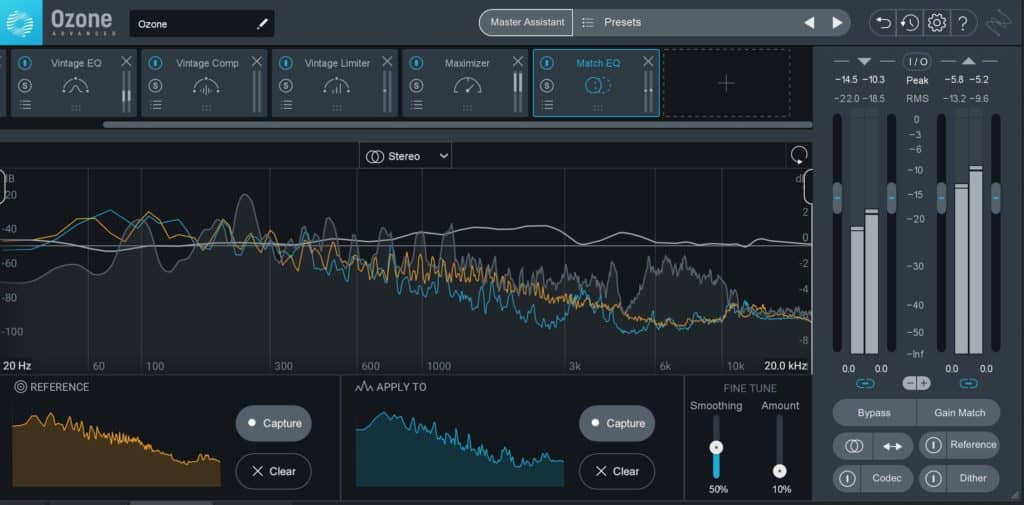
The mastering suite iZotope Ozone 9 Advanced includes the mastering plugins/tools you need for your final version. While there are many new modules iZotope focused with particular attention to include emulations of vintage analog hardware which allow you to add some special sauce and vibe to your mix bus. New with the release of Ozone 9, you can select a vintage choice. These different vintage options provide a more analog, old hardware like and colored master.
Lessons from the past Ozone 8
I did run into issues with Ozone 8 when I did pre-master a song I did produce. That issue did occur when updating to a new version of Cubase and resulted in the issue to access the composed track. So far with Ozone 9, I did not run into similar disastrous issues with version 9.
The new modules in Ozone 9 provide an immense amount of power for you to sculpt your sound with the toolset. The Strength module does give you more information about your signal. Altogether, this is a powerful set of tools that are valuable to any producer. If you are looking for one plugin collection that gives you everything, the Ozone 9 Advanced Version will suit your need.
iZotope has provided us with a toolset to produce any song with different possibilities to blend in something special and unique into your projects.
iZotope Ozone 9 Advanced offers the widest range of mastering tools ever for producers, engineers, and musicians. The new version focuses on creating an overall sonic balance with a cohesive sounding master while maximizing loudness (LUFS). It brings alive experiences to discover new dimensions in your music by helping you rediscover sounds that may have gone unheard or get attention to parts of your mix that may not be working well together. Ozone 9 is accessible with great workflows. Even though this release provides powerful options for individual modules it does fit perfectly in my mastering process. I did use other vst/plugin during my mixing stages like Izotope Neutron 2 or iZotope RX 6 but all in all iiscover your sound.
Purchase I Zotope Ozone 9
If you decide to purchase iZotope Ozone 9 Advanced for Professional or Mastering with Music, please consider using one of the affiliate links below. This will send me a small commission from your sale at no extra cost for you, and I greatly appreciate your support. Thank you!
Ozone 9 Upgrades & Crossgrades:
- Ozone 9 Advanced: Upgrade from Ozone 9 Standard (Affiliate Link)
- Ozone 9 Advanced: Upgrade from Ozone 5-8 Standard (Affiliate Link)
- Ozone 9 Advanced: Upgrade from Ozone 5-8 Advanced (Affiliate Link)
- Ozone 9 Advanced: Upgrade from Ozone Elements 7-9 (Affiliate Link)
- Ozone 9 Advanced: Upgrade from paid versions of Ozone Elements 7-9 (Affiliate Link)
- Ozone 9 Advanced: Crossgrade from ANY paid iZotope product including Exponential Audio products (Affiliate Link)
Is Ozone Good for Mastering?
Reduce the Spend on Professional Mastering Engineers
Ozone 9 Advanced does not mean you will never outsource a track to a mastering engineer. Especially when you need to master an album a professional mastering engineer can do so much more than a software tool. I would see Ozone 9 Advanced as a toolset to prepare my tracks before they get to mastering. If you load to youtube or are a filmmaker Ozone 9 Advanced could be enough for your required level of audio. Mastering in Ozone 9 is exceptional for engineers of any level, it just does not make you an experienced mastering engineer.

iZotope has included an automated mastering tool called Master Assistant. You can start any track by running this assistant to listen to your mix bus and have first or depending on your level final mastering settings applied.
Master Assistant allows you to work with one click without thinking about what the assistant might have done. The Ozone 9 Advanced Assistant will allow anyone to achieve a polished mastering result, but at the same time, it is not an automatic result yet. You still have to feel how much you should adjust and try out different settings for your track.
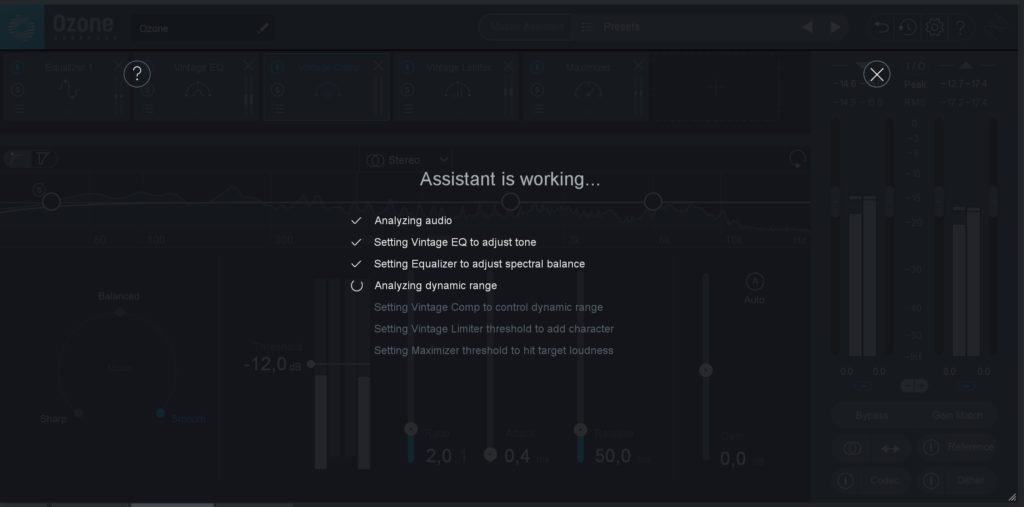
To conclude my review, I would recommend this plugin to anyone who is looking for a plugin that has everything in terms of processing and mastering tools. The price point can be high, but if you do want all the capabilities and bug fixes they provide in Ozone 9 Advanced. With all the new updates and modules, iZotope once again delivers an unbeatable product with Ozone 9 Advanced. I would.com In the past, Ozone was a plugin that you got if you wanted to take your mastering to the next level.
Is Ozone 9 Worth the Upgrade?
The Ozone versions have all been improved, with Advanced and Standard, in particular, is significantly enhanced. if you’re not afraid to spend a little extra, get the Advanced version instead since it offers the most comprehensive processing choices.
Whatever version of iZotope Ozone you choose, it will become an essential tool for any project. Producers of all types will appreciate Ozone’s ability to generate stunning masters with ease, whether you use it to polish up a quick tracking demo or totally master your next project.
Rating: Four Out of Five Stars
The iZotope Ozone 9 Advanced plugin suites give you all needed crucial mastering tools, including but not limited to equalizers, compressors, and maximizers. Coming from version 8 Ozone 9 is a stable update with excellent, different modules and helpful improvements. Looking at the different complete packages Ozone 9 Advanced is currently the best mastering suite out there.
Ozone 9 can bring balance to your music with never-before-seen processing for the low-end, real-time instrument separation. iZotope Ozone 9 Advanced is a comprehensive update of a mastering plugin suite, leading in its space.
For music producer and filmmaker Ozone 9 Advanced is a no-brainer.

